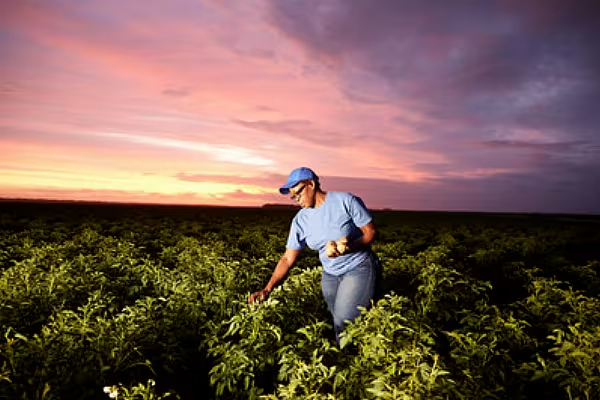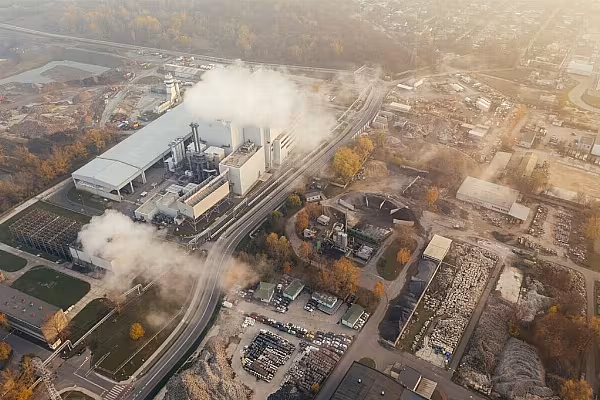The number of farms across the globe is expected to reduce to half by the end of this century, while the size of the average existing farms double, new research by the University of Colorado Boulder (CU Boulder) has unveiled.
In Africa and Asia, rural and farm-dependent communities will also see a drop in the number of operating farms.
Zia Mehrabi, assistant professor of environmental studies at CU Boulder said, “We see a turning point from widespread farm creation to widespread consolidation on a global level, and that's the future trajectory that humanity is currently on.
"The size of the farm and the number of farms that exist are associated with key environmental and social outcomes."
The Study
The study tracks the number and size of farms year-over-year from the 1960s and includes projections up to 2100.
Mehrabi used data from the UN Food and Agricultural Organisation on agricultural area, GDP per capita and rural population size of more than 180 countries to reconstruct the evolution of farm numbers from 1969-2013 and then to project those numbers through 2100.
The number of farms is projected to drop to 272 million by 2100, from 616 million in 2020, as more people migrate to urban areas.
A decline in the number of farms and an increase in farm size has been happening in the United States and Western Europe for decades, the study noted.
According to recent data from the US Department of Agriculture, there were 200,000 fewer farms in 2022 than in 2007.
Read More: Rockefeller Foundation Recommends Steps To Improve Global Food Crisis
Turning Point
Mehrabi’s analysis uncovered that a turning point from farm creation to widespread consolidation will begin as early as 2050 in Asia, the Middle East, North Africa, Oceania, Latin America and the Caribbean, while sub-Saharan Africa will follow the same course later in the century.
The total global farmland area will not change in the coming years. However, fewer people will own and farm what land there is available.
“Larger farms typically have less biodiversity and more monocultures,” Mehrabi added. “Smaller farms typically have more biodiversity and crop diversity, which makes them more resilient to pest outbreaks and climate shocks.”
The world’s smallest farms comprise just 25% of the agricultural land, but they harvest one-third of the food, according to previous research by Mehrabi.
As farms consolidate, new technology and mechanisation will replace indigenous farming knowledge.
Mehrabi noted that having diversity in the world’s food source portfolio is beneficial in the long run.
© 2023 European Supermarket Magazine – your source for the latest supply chain news. Article by Dayeeta Das. Click subscribe to sign up to ESM: European Supermarket Magazine.














